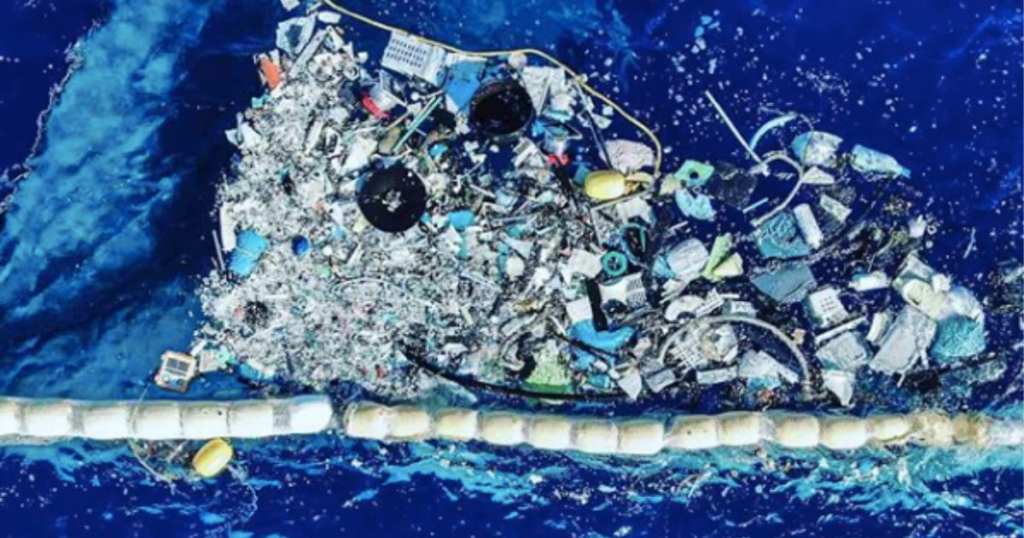You’ve probably heard that trash dumped into waterways around the world makes its way to the ocean, where it’s endangering the lives of all manner of marine life.
It can be a difficult problem to look directly at because no one wants to see animals hurting because of human behavior, but until we recognize the power we have to fix the problem (i.e. reduce, reuse, recycle), nothing is going to change.
So we have to look.
Scientists rescued a green sea turtle from a fisherman’s net off the coast of Buenos Aires, in Argentina, and passed it to a conservation group called the Mundo Marino Foundation.
https://www.instagram.com/p/B8JLkyIgoRD/
Workers there quickly figured out that the animal’s health was endangered by the amount of plastic trash clogging its gut.
“Through radiographic images, we could see foreign bodies inside. Therefore, we started a treatment with a medication that increases peristaltic movements (movements of the digestive tract) and allows it to excrete what we saw in images,” explained Ignacio Pena, a veterinarian at the Foundation.
The turtle – a member of an endangered species that faces grave threat due to the degradation of their habitat – spent a full month excreting over 13 grams (half an ounce) of nylon bags, netting, and other plastic trash.
Green turtles typically keep a herbivorous diet, but juveniles will branch out, and a young and inexperienced hunter like this one was can easily mistake trash for food, scientists say – particularly because many sea turtles will eat jellyfish, which look alarmingly like plastic bags floating along. The mistake is often deadly according to one 2018 study that found that a turtle who eats just one piece of plastic has a 22% chance of dying.
https://www.instagram.com/p/BRjRpu4la8M/
Pena says that this particular turtle, though, is doing well.
“Today the turtle is eating green leaves, mainly lettuce and seaweed. We’re viewing this with an optimistic attitude, the progress is favorable.”
Sadly, the same can’t be said for other turtles who have been found in a similar state – even at Mundo Marino, they’ve been unable to save many that came into their care.
Plastics are insidious for animals like turtles, says biologist and conservation manager Karina Alvarez, for a couple of big reasons.
“There is not only a risk of a mechanical obstruction due to plastic intake. The accumulation of non-nutritive elements in the digestive systems of these marine reptiles can cause them a false sense of being full, which gradually weakens them. …In addition, a large amount of gas could be generated in their organisms, product of the accumulated plastic. Which would affect their ability to dive, both to feed and to find more suitable temperatures.”
https://www.instagram.com/p/B77Pl7OgdZU/
Please do your part to keep turtles like this one from accidentally ingesting your trash; put your garbage where it belongs, and try to find alternatives to single-use plastics wherever you can.
Think of the turtles (and the fish and the dolphins and whales and sea lions)!






